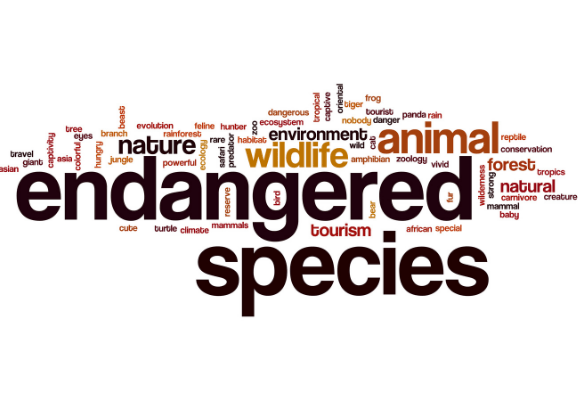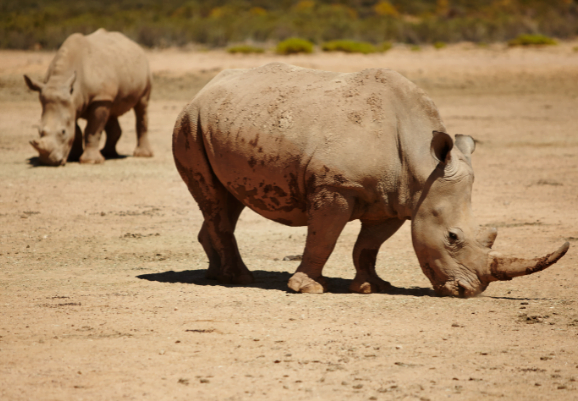Since 1800, the number of amphibian species, N, has been decreasing over time, t.
A simple model shows that the rate of decrease of the number of species is proportional to the remaining number of species.
Given that the initial number of amphibian species is N0, and t is the number of years since 1800,
a) Show that \(N = N_{0}e^{- kt}\)
[4 marks]
In 2000 the number of amphibian species is 0.9N₀.
b) Find the exact value of k.
[3 marks]
c) Using the model, in what year will 20% of amphibian species be
extinct?
[3 marks]



